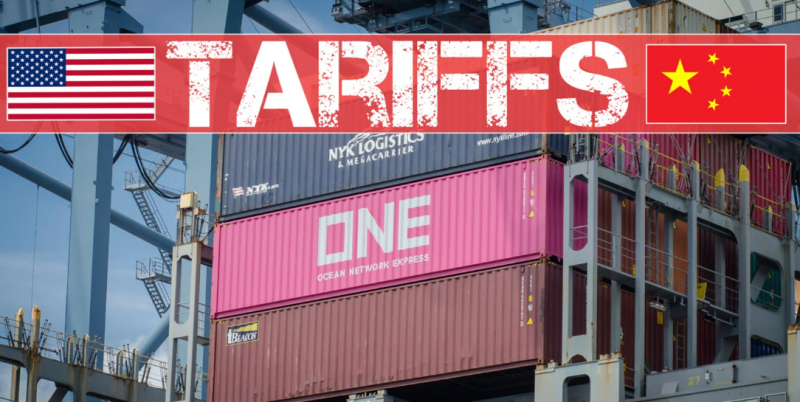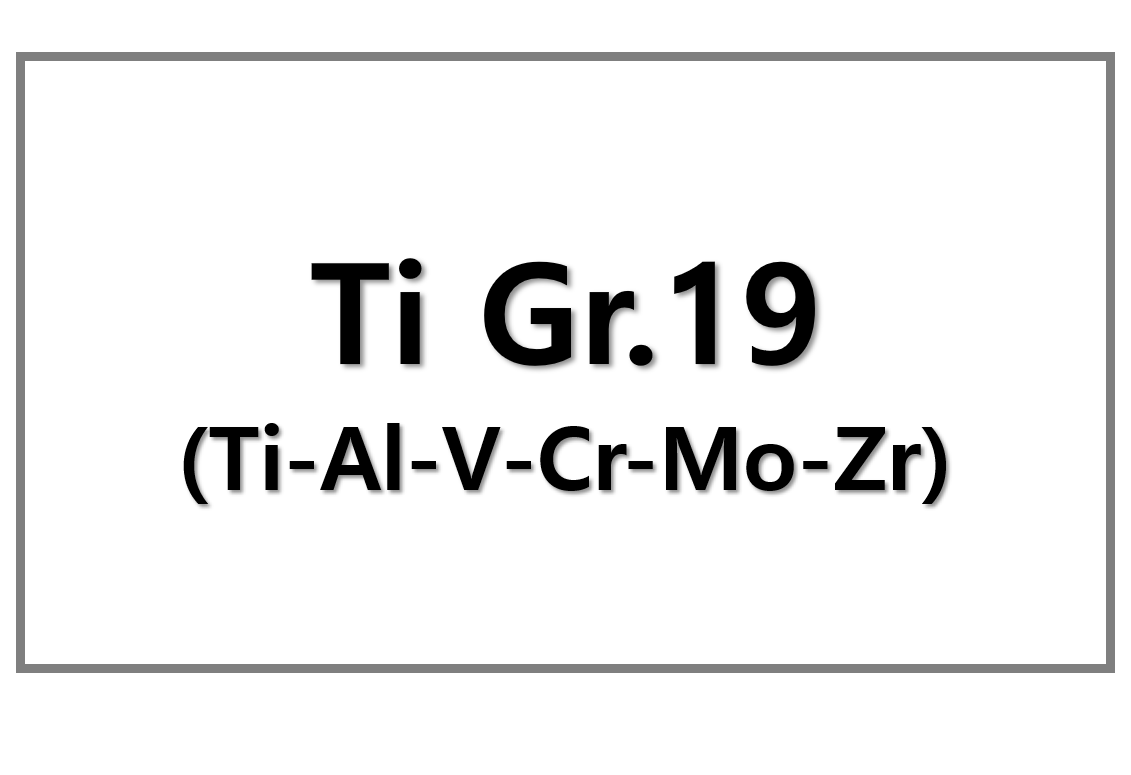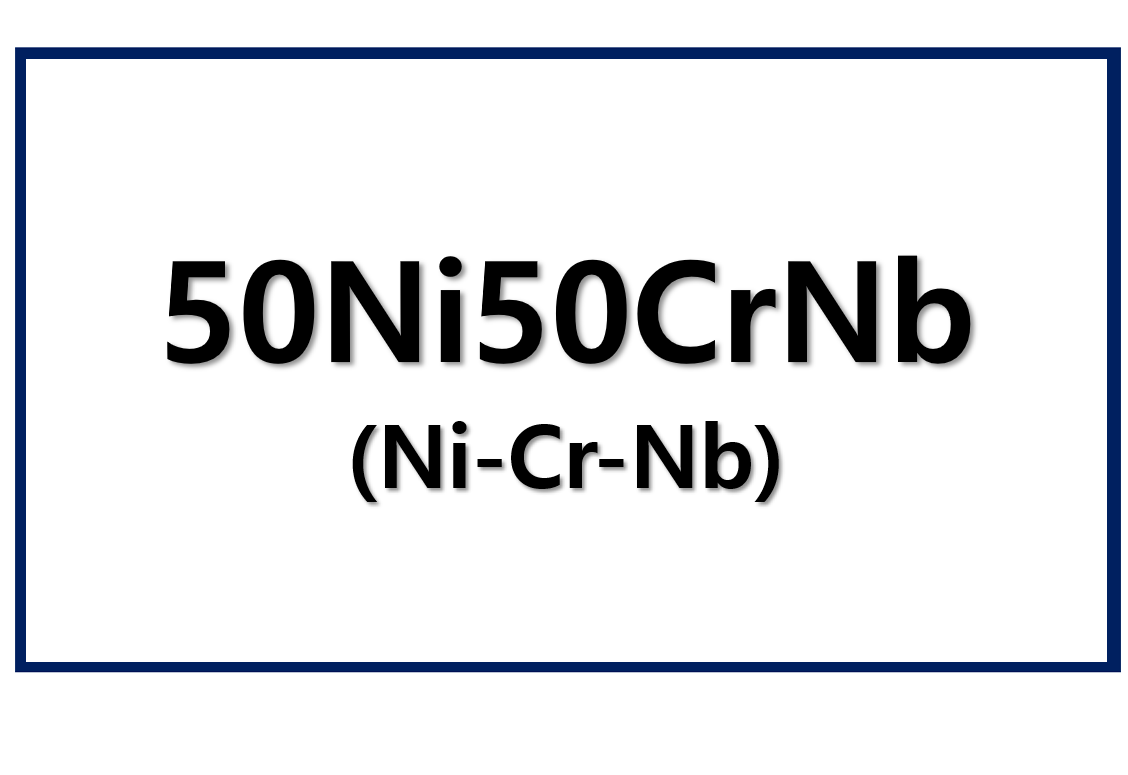
The United States has introduced new tariffs on Chinese imports, especially focusing on metals. These tariffs will impact crucial products like lithium, rare earth magnets, and lithium-ion batteries. As a result, trade dynamics between the US and China will change. The energy storage and electric vehicle (EV) sectors will be significantly affected. While many non-ferrous metals and ferro-alloys remain exempt, tariffs on key Chinese exports may disrupt global supply chains.
Impact of Tariffs on Lithium-Ion Batteries and Energy Storage
Starting April 9, the US will impose an 82.4% tariff on electric vehicle (EV) power batteries and a 57.4% tariff on non-EV lithium-ion batteries from China. This hike in tariffs will make Chinese-made batteries far more expensive and may prevent them from entering the US market. US consumers are likely to bear these increased costs, leading to inflation in the US battery industry, especially in the energy storage sector.
China’s lithium-ion battery exports to the US had already risen by 59% in the first two months of the year. However, these new tariffs are expected to slow this growth. The tariffs could also negatively affect lithium feedstock prices, which are already at a four-year low.
Tariffs on Rare Earth Magnets and Other Critical Metals
Rare earth magnets, crucial for high-tech applications, are also impacted by the new tariffs. These magnets were not exempted from the tariff increase, and producers in China are concerned about the potential 54% tariff on rare earth magnets. China remains the top supplier of rare earth magnets globally. While the US has alternative sources, they tend to be more expensive and focused on military applications. Therefore, it is unlikely that the US can fully reduce its dependence on China, particularly for civilian uses.
In 2022, rare earth magnets accounted for 12% of China’s total exports to the US. While tariffs may lower this figure, China’s competitive pricing in the civilian sector ensures its continued dominance in the global market.
Other metals like copper and aluminium are exempt from the new tariffs. However, copper remains a concern as US authorities investigate the potential security implications of copper imports. Speculation about future tariffs on copper continues to grow. As for aluminium, Chinese exports already face a 70% tariff, which will likely push suppliers to seek alternative markets.
Hafnium, a critical metal used in aerospace, will face a tariff increase from 34% to 79%. This may prompt US buyers to source hafnium from regions with lower tariffs, such as Rotterdam.
Conclusion
The new US tariffs on Chinese metals exports will reshape the global metals market, especially for lithium-ion batteries, rare earth magnets, and hafnium. Although copper and aluminium have avoided immediate tariff hikes, long-term implications remain unclear. These increased tariffs on key metals from China are expected to disrupt supply chains, raise costs for US consumers, and impact industries like electric vehicles and energy storage.











Leave a Reply
You must be logged in to post a comment.